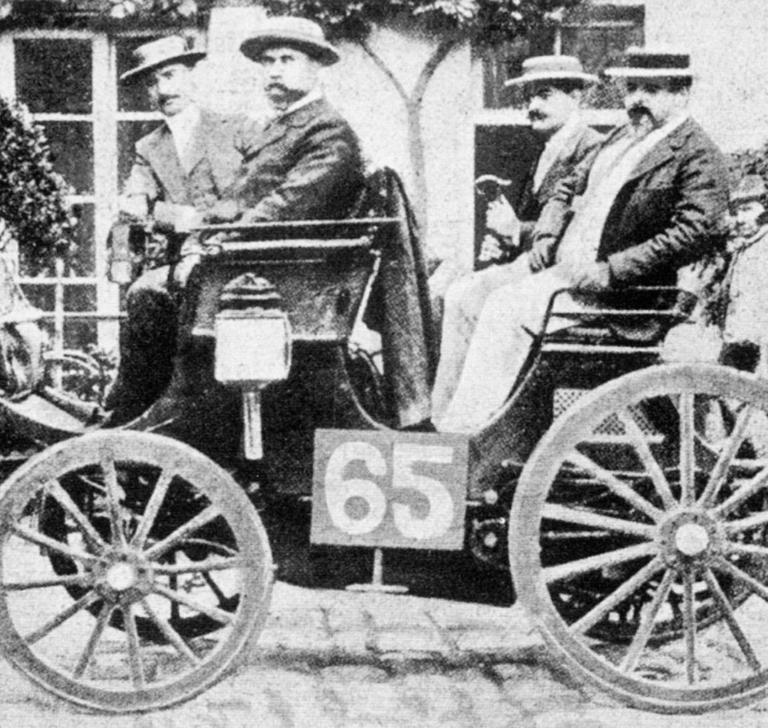Paris stands not only as a cultural and artistic epicenter but also as a pioneer in car racing
In the history of automotive racing, Paris stands not only as a cultural and artistic epicenter but also as a pioneer in car racing. While it may surprise some that the French are known for their passion for racing, the truth is that France played a pivotal role in the early development of this sport.
It all began in the winter of 1894 when the director of the Parisian newspaper Le Petit Journal conceived a revolutionary competition: the first car race in history. With a tempting prize of 10,000 francs, the contest drew 26 brave competitors, including renowned manufacturers like Panhard et Levassor and a small company named Peugeot.
These early automobiles challenged the streets of Paris in a series of qualifying laps that captured the public’s imagination. The event, originally planned to cover 78 miles along the River Seine to Rouen, transformed into a celebration of French engineering and a showcase of nascent automotive technology.

The climax: the official race at Porte Maillot
Although the competition began with 26 cars, each averaging around 10 miles per hour, several competitors were eliminated before the grand race. Following the initial route, each day a group of racers explored a different neighborhood of Paris. The event quickly gained popularity by word of mouth, attracting an increasing number of spectators who gathered to witness the machines racing through the city streets.
On Sunday, July 22, 1895, the climax came when the 21 vehicles that survived the initial rounds lined up at Porte Maillot for the official start of the race. The course, which included strategic stops for a luxurious lunch and technical adjustments to the vehicles, tested both the endurance of the drivers and the reliability of their machines.
In a dramatic finish, Count de Dion’s steam tractor, known for its power and robustness, crossed the finish line in Rouen first. However, due to a rule imposed by editor Giffard to promote the autonomy of automobiles, the Count was disqualified for having mechanics on board. Thus, the honor of being recognized as the official winner fell to Albert Lemaître of Peugeot, who arrived in second place without breaking the established rules.
This event not only marked the official beginning of organized car racing but also showcased to the world the growing ability of automobiles to compete and excel in demanding challenges. Since then, France has continued to be a stronghold of motorsport, with iconic events like the 24 Hours of Le Mans perpetuating its legacy as a global powerhouse in this thrilling sport.


California revises warehouse regulations to reduce emissions and community impact
California reviews pioneering warehouse regulations to improve transportation and public health policies. California is set to implement a key revision in its warehouse regulations, a

25% tariff on heavy trucks manufactured outside the U.S.
The Trump administration recently announced its intention to impose a 25% tariff on heavy trucks manufactured outside the United States. The Trump administration recently announced

DOT tightens requirements for CDL and CLP for non-domiciled individuals
The U.S. DOT has decided to implement new measures regarding the requirements for obtaining a CDL and CLP for non-domiciled individuals. The U.S. Department of

Why Trains Can’t Replace Trucks in the U.S. Supply Chain
Why Trains Cannot Replace Trucks in the United States?
The ATA warned that rail cannot replace road transport and that favoring one mode over another is unrealistic for the needs of the U.S. economy.

BP’s Energy Outlook Report: oil demand expected to keep rising
Oil company BP Plc has published its annual Energy Outlook report, indicating that global oil demand will continue to rise throughout the rest of the

DOT calls for help in combating cargo theft
The USDOT has launched a call to the transportation industry to participate in developing effective strategies to combat cargo theft. The United States Department of
